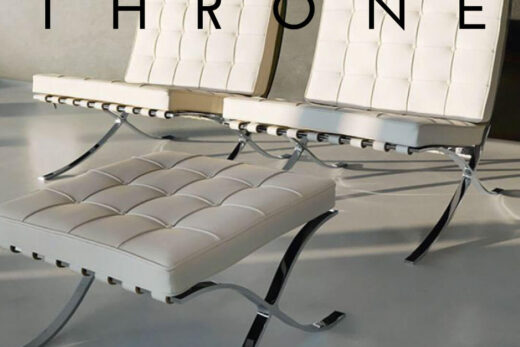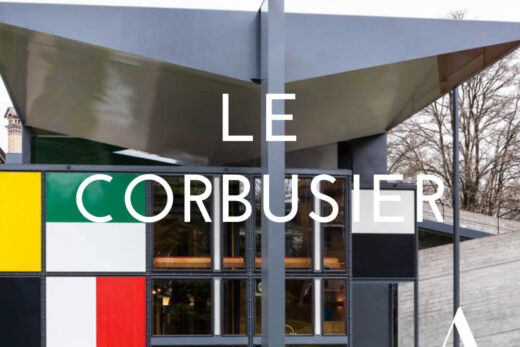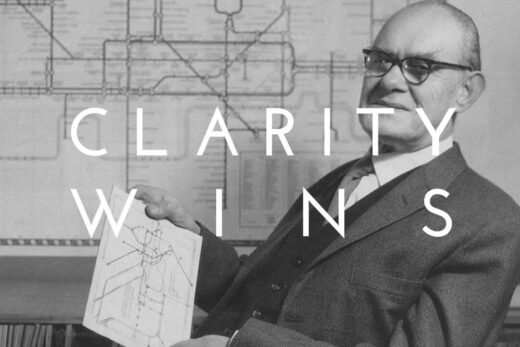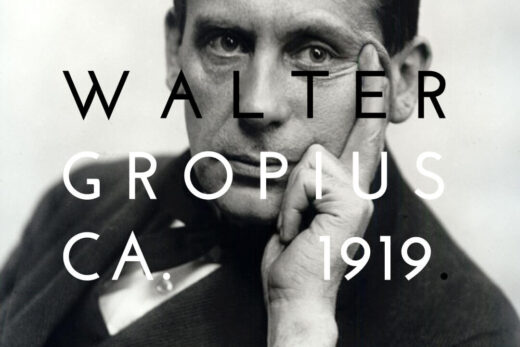In spite of the yearly St. Moritz Polo World Cup on Snow, Polo is not the first thing that comes mind when you think of Switzerland. I guess you rather dream of chocolate, mountains, banks and watches.
But one specific Swiss swatch is absolutely related to Polo. Bear with me I get to it in a minute.
The United Kingdom is famous for Polo and even some members of the royal family are engaging in this sport. Although Polo has been invented some hundred years ago in Persia from where it spread to Arabia and India it only arrived in the UK in the 19th century. This was the Victorian age and Victoria herself was not only the Queen of the United Kingdom of Great Britain and Ireland but also the Empress of India. For this reason, Great Britain sent business men and military personnel to India. The military officers apparently took pleasure in this sport and brought it to Great Britain.

It also looks as if Polo was quite an expensive sport since the rules required that each player had at least two horses in order to protect the animals from harm. This might expalin our watch-story.
Reverso
The British officers that were based in India were the reason for the invention of the watch model «Reverso» by Jaeger-LeCoultre.
Polo is a fast equestrian sport. Nevertheless, the British officers seemed to be quite relaxed about it since they apparently had enough of capacity to constantly watch the time while playing and could not take off their watches. Hence, they frequently found the glass of their watches broken after the game and became tired of it.
This inspired the Swiss watch manufacturer Jaeger-LeCoultre to develop the «self-protecting» model: «Reverso» came on the market in the 1930s. The watch itself sits in a cradle and can be turned to either side. In «normal mode» you can check the time and in «protection mode» the glass is turned inward and you look at the steel bottom of the watch. There are models with enamel images on the bottom or just the owner’s name engraved. Amelia Earhart owned one that had her longest light route engraved.
What was invented for a practical – maybe a bit snobby – reason became the embodiment of ultimate elegance.




